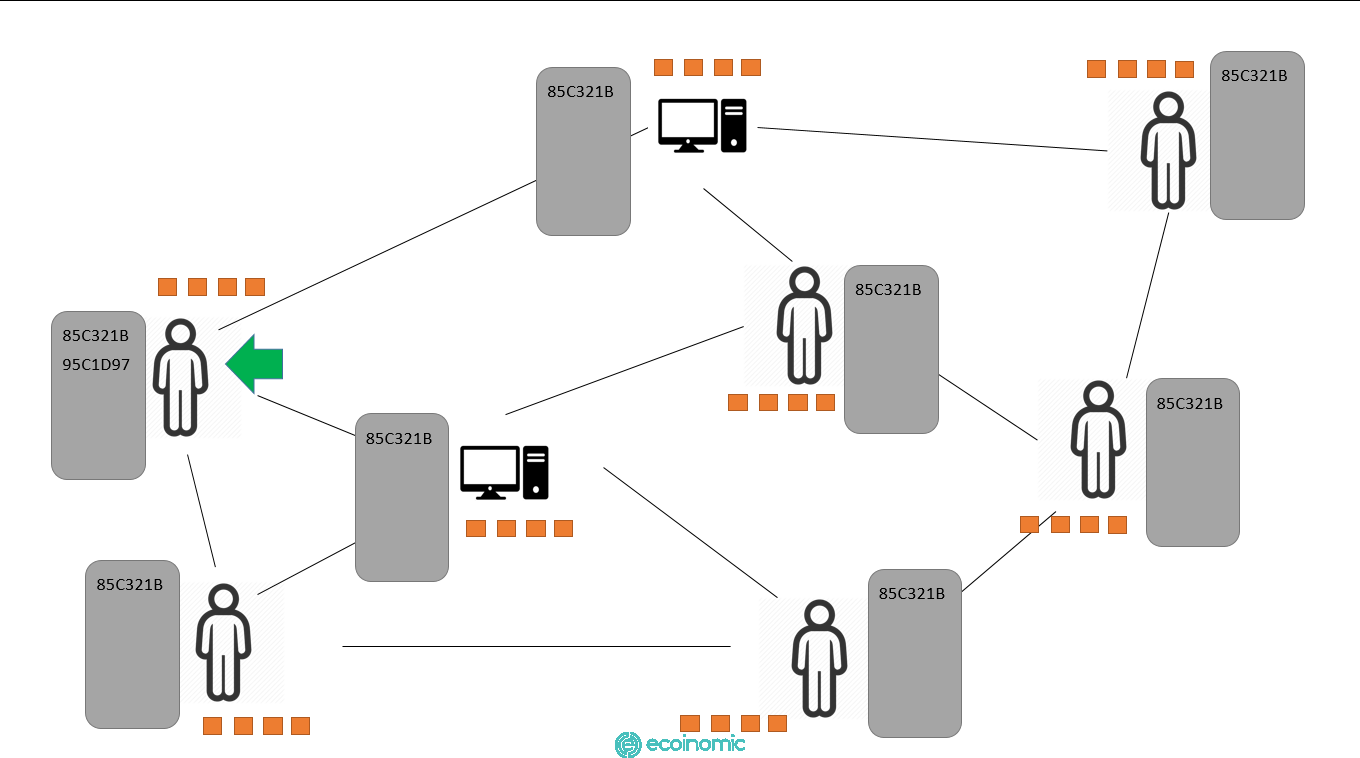Advertisement
Mempool is one of the very important parts of the entire operation of the cryptocurrency network in general and Bitcoin in particular. This storage software supports and is always behind the process of processing transactions of all networks. So what is Mempool and how does it work? Let's find out right in the article below.
What is Mempool?
Mempool is basically a mechanism of the cryptocurrency node to store information about unconfirmed transactions, acting as a virtual waiting room for transactions that have not yet been put into the block.
In fact, to send a transaction to the Miner Node, each Node must forward that transaction to each other until it is spread across the entire network. This Mempool is node's storage area for all pending transactions.
How does Mempool work?
The Nodes will run a series of tests to make sure that the transaction is valid – i.e. verify that the signature is correct, the output does not exceed the input, and the money has not been spent. If it does not meet these conditions, it will be rejected.

Mempool data-sharing nodes transfer signed transactions to each other until they reach the entire network. When Shared Mempool reaches full capacity during a period of high trading volume, Node prioritizes transactions based on transaction fees above the threshold. All transactions, cost below the threshold, will be removed from the group and only transactions will be added to the group, the cost of which meets the minimum.
In other words, transactions with higher fees will be prioritized for processing and removal from Mempool and added to the block.
The relationship between Mempool and transaction fees
If you think of Mempool as a lounge, then when it's overloaded, there will be a lot of transactions waiting to be cleaned up. Usually, transactions move in and out of the group smoothly as they are verified and added to the block, but sometimes the group can be overloaded.
Periods of congestion often involve a large number of transactions or a sharp reduction in the number of hashes of a trade. During such periods, Mempool becomes congested, delays can occur, leading to increased fees.
The term "commercial hash" refers to the complexity of blockchain mining. At this point, there may not be enough miners to deal with the complexity or congestion of blockchain. Therefore, some transactions have to wait longer to confirm.
Each Bitcoin transaction will be in a Mempool until it is ready to be confirmed. Each node has its own memory group and by default is usually less than 300 MB.
When the pool is full, users have the option to pay a higher fee, which can push their transactions to the top for faster confirmation. On the other hand, transactions with lower fees are still located in Mempool, where they will remain unconfirmed until congestion subsides. Likewise, during peak times when trading volume is low, the corresponding fee will be lower. After the transaction is committed and added to the pledged block, it will be removed from Mempool.
Why when the Bitcoin network is overloaded, transaction fees often go up
During peak traffic, a large number of transactions accumulate on the bitcoin network. This increases latency and increases transaction fees, when demand exceeds supply, miners nodes have the right to choose which trades they process first. Since miners are driven primarily by profits, higher-fee transactions will be prioritized for pre-processing.

At this point users often choose to pay higher fees to push their transactions to the top queue for faster confirmation. Transactions with lower fees are still in Mempool and they are also not confirmed until higher-paying transactions at the front are processed or when the network reduces congestion.
The importance and limitations of Mempool
Each transaction must pass through Mempool before it is added to the Blockchain. During times of high traffic and congestion, Mempool collects and stores transactions until miners can add them to the block.
Mempool also allows nodes to access the Mempools of other nodes, which gives them the ability to receive more detailed information about specific transactions before they are confirmed. While most users want to spend as little time as possible in Mempool, this isn't always feasible – especially when the number of transactions received is more than can be deleted in time. When a block is mined, all the transactions it contains are removed from Mempool, which reduces its size accordingly.
Without Mempool, nodes wouldn't be able to see incoming transactions and wouldn't know how congested the blockchain network is. It will not be possible to understand or pinpoint the exact source of congestion, high fees and other network congestion issues.
















